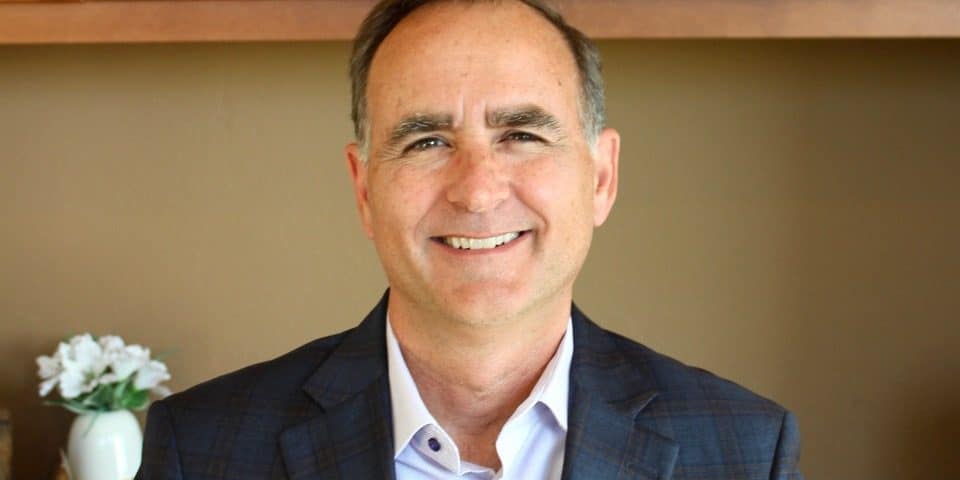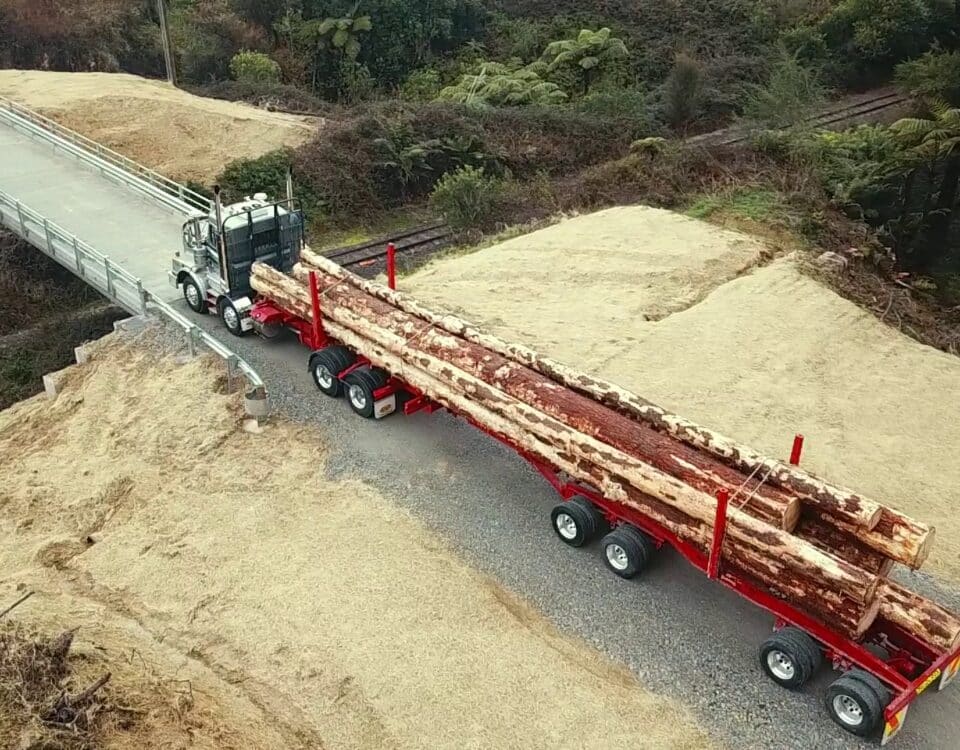
This Scaling Up certified coach is helping convicted felons get a fresh start
January 19, 2023
He scaled up a small managed services provider via 14 acquisitions
February 2, 2023By Verne Harnish
Scaling Up certified coach Dale Robinette learned the art of mergers & acquisitions at Tyco International. “Tyco was an acquisition machine,” he recalls.
Robinette had previously worked at an electronics company where the stock was depressed—until Tyco snapped it up and renamed it Tyco Electronics. Tyco Electronics grew to $13.2 billion company by the time he left.
“They would buy cash cows—that’s what they looked for,” he recalls.
Today, Robinette, based in San Diego, coaches leaders who are often considering either buying other businesses or selling their own. In addition to being a Scaling Up certified coach, he is also a master chair at Vistage. “I am trying to help companies develop so they can sell their business,” he says.
Why scaling up is important to M&A
If you want to sell your business, size matters. “The larger you can build your business, the higher the valuation,” says Robinette. “Pay attention to the math. Where are you? What would happen if you grew your business to $10 million?”
Also keep in mind that the lower the EBITDA (earnings before interest, taxes, depreciation and amortization), the higher risk the company faces in the eyes of a buyer, he says. A small company that has low EBITDA could quickly fall into the red.
Growth through acquisition
Acquisitions can be an important part of a small or midsize company’s growth strategy. “There aren’t a lot of levers you can throw to grow your business,” Robinette says. “If you don’t include acquisitions you’re leaving out one big lever.”
There are many reasons small and midsize companies consider acquisitions, according to Robinette:
- Improve company performance
- Accelerate market access for their products
- Gain access to skills or technologies at a faster or lower cost than they can be built
- Make the most of industry-specific scalability
- Pick winners early and help them develop their business.
- Roll-up other businesses
- Consolidate to remove competitive behavior
- Enter into a transformational merger
- Buy cheap.
Acquisitions can take many forms, notes Robinette: Merger, acquisition, friendly takeover, hostile takeover, leveraged buyout, asset purchase or Greenfields investments.
And they can be financed in a variety of ways: bank loans, bond issuance, leveraged buyout financing, mezzanine financing, vendor financing, asset-based lending, and private equity financing. A 10-year SBA loan, which typically can be as large as $5 million, can be ideal for many transactions.
Preparing to be acquired
The multiple a buyer is willing to pay you can reflect many factors, such as years in business. Predictability is also essential to buyers. Average multiples can sometimes hit 24x EBIDTA for industry leaders in areas such as healthcare information and technology, according to Robinette’s research.
“Why is predictability important?” asks Robinette. “I am going to use their money to buy their business. If that thing goes negative or doesn’t go as high as we say, my return on investment just went out window.
M&A for pass-through entities
For pass-through entities, getting acquired is a little more complicated, he says. You may have to cut what you generate from the sale in half, depending on the tax climate in your state.
Let’s say you had a manufacturing business in California with $1 million in profit annually; the buyer is willing to pay you 4x EBDITA and the pass-through tax is about 50%,. “It would be the equivalent of taking this $1 million company and paying it back over an eight-year period,” says Robinette.
The advantage of starting sooner, rather than later is that with some effort at reducing redundancies on your team, you can pay back your original loan and have some money left in the business. “Once you start playing this game, it’s similar to people who buy real estate,” he says. “It’s not that hard. I have a recipe. You go in, buy something that’s kind of beat up, fix it up–and put it back on the market as fast as you can.”




